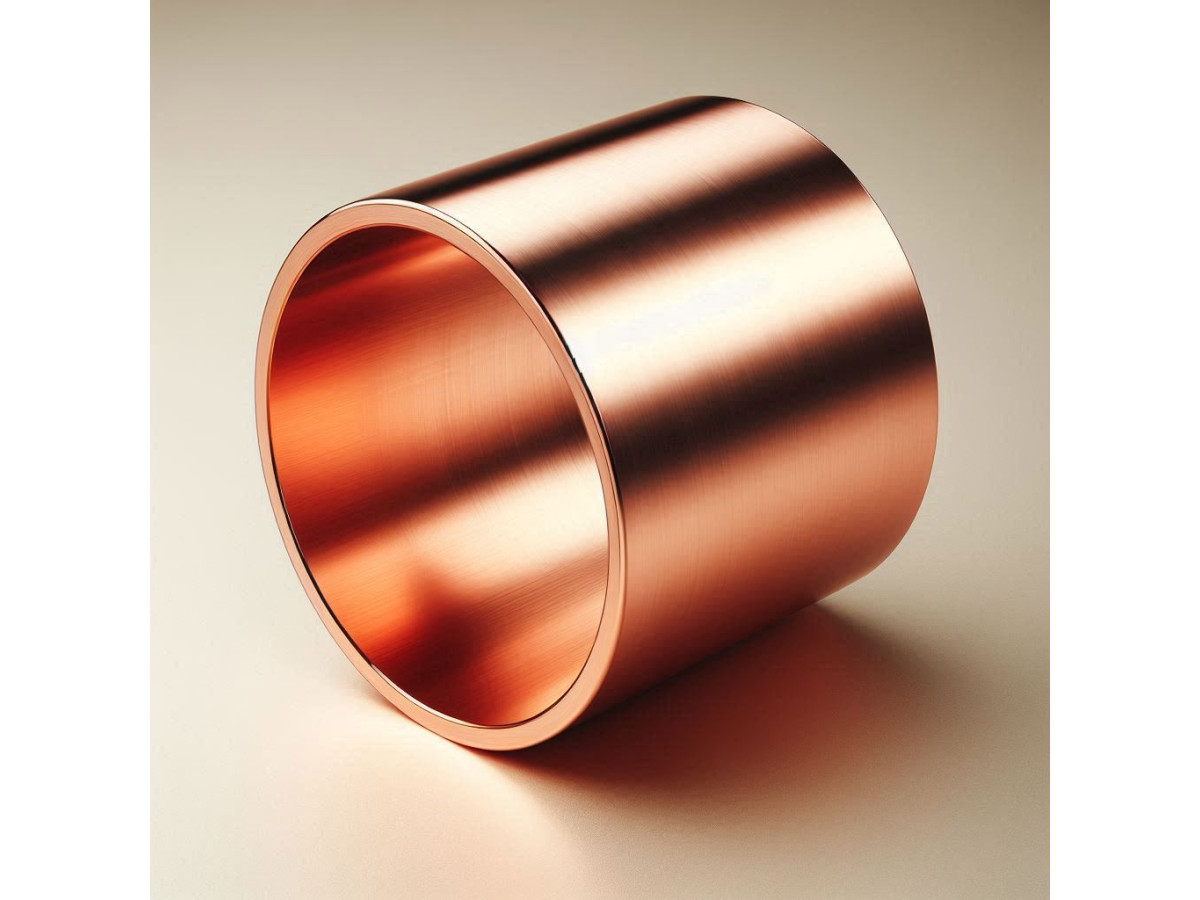Choosing the right bronze bushing is a task that requires careful consideration and understanding of key characteristics. This component plays an important role in the operation of various equipment, so mistakes in selection can lead to serious consequences. Let’s explore the main aspects to pay attention to when ordering bronze bushings.
What to Consider When Choosing?
First of all, it is necessary to determine the specific purpose of the bushing. Bronze bushings are widely used in various mechanisms—from simple sliding bearings to complex components of industrial equipment. The correct understanding of operating conditions influences the choice of bronze grade and the design features of the bushing.
The bronze grade is one of the most important parameters when selecting a bushing. Different alloys have different characteristics and are designed for use in specific conditions. For example, tin bronzes are known for their high wear resistance and anti-friction properties, aluminum bronzes for their increased strength, and leaded bronzes for excellent anti-friction characteristics under high loads.
Material Selection Criteria
The main questions to answer when selecting a bronze bushing include:
- What internal and external diameters are required for your bushing?
- What length is needed for your design?
- What tolerances are acceptable for your task?
- What surface roughness is required to ensure the necessary friction?
- In what temperature conditions will the bushing operate?
- What loads will the bushing be subjected to (tension, compression, bending)?
- What is the shaft's rotation speed?
- What lubrication conditions will be provided?
- Will the bushing work in an aggressive environment?
- What manufacturing accuracy is required for your part?
What Else Should Be Considered?
Special attention should be given to the selection of bushing sizes. Incorrectly selected tolerances can lead to premature wear or seizing of the mechanism. When selecting sizes, it is necessary to consider not only nominal values but also the thermal expansion of the material during operation.
The quality of the bushing's manufacture plays a crucial role in its operational characteristics. Modern manufacturing methods allow for the production of parts with high precision and surface quality. However, it is important to remember that not all manufacturers can provide the required level of quality.
Common Mistakes in Material Selection
Typical mistakes to avoid when choosing bronze bushings include:
- Mismatch of material properties with operating conditions (temperature, load, environment) leading to premature wear or corrosion.
- Insufficient precision resulting in increased friction, vibrations, and noise, reducing the bushing's lifespan.
- Use of cheap, low-quality materials leading to rapid wear and potential failures.
- Incorrect material choice for specific operating conditions (temperature, load, aggressive environment) resulting in rapid failure.
- Lack of or insufficient lubrication accelerating wear and increasing friction.
- Absence of guarantee that the material meets declared specifications.
- Improper fit of the bushing causing increased wear and potential seizing.
- Low price often indicating low material quality or non-compliance with the manufacturing process.
It’s Important to Consider Other Nuances
When ordering bronze bushings, it is important to work with reliable suppliers who have the necessary certifications and can provide complete technical documentation for their products. A trusted supplier is always ready to provide advice on selecting the optimal option for specific application conditions.
The economic aspect is also crucial. The cost of bronze bushings can vary significantly depending on the bronze grade, manufacturing complexity, and order volume. However, savings on quality can lead to increased operational costs and premature replacement of parts.
Storage and transportation of bronze bushings also deserve special attention. Proper storage conditions help maintain all necessary characteristics of the part until installation. Bushings should be stored in a dry place, protected from direct sunlight and aggressive environments.
It is important to remember the need for periodic monitoring of bushing conditions during operation. Timely detection of wear or other defects allows for planning the replacement of the part and avoiding emergency situations.
In modern conditions, manufacturers offer a wide range of bronze bushings that differ in design and properties. These can be solid bushings, split designs, or bushings with additional elements, such as flanges or lubrication grooves. The choice of a specific type depends on application conditions and the design features of the mechanism.

